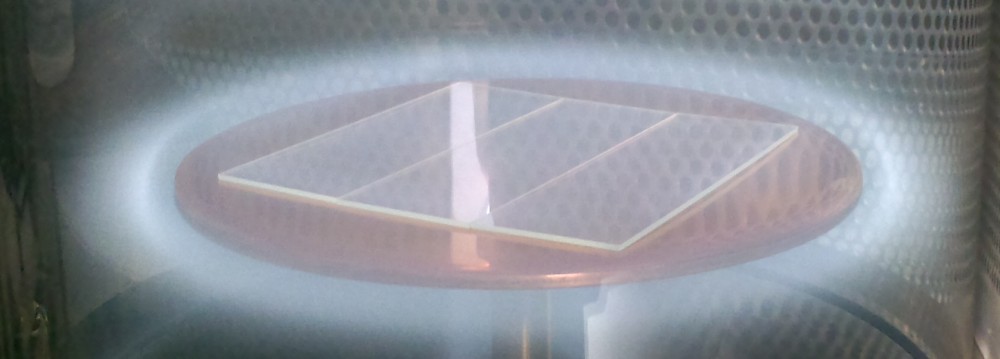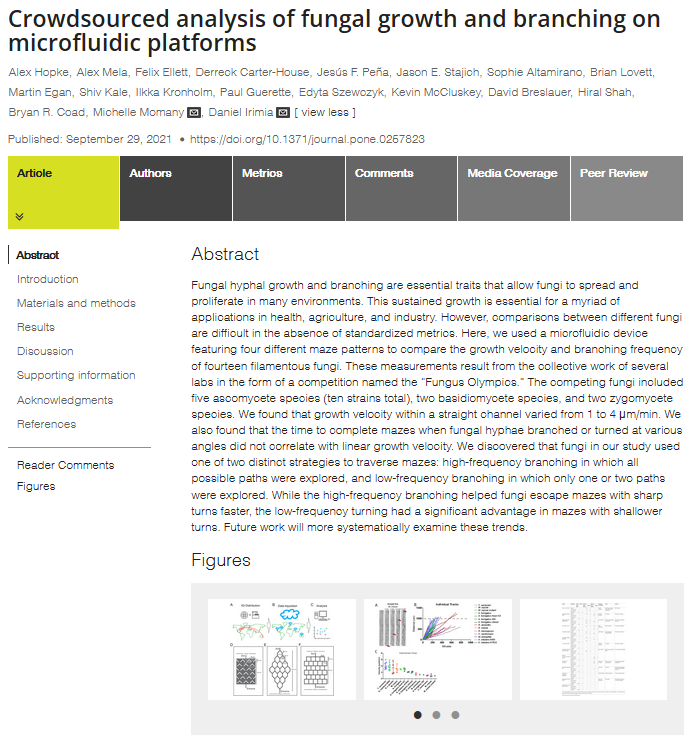My group had the pleasure of contributing to the University’s open day. We had lots of interested future students learning about plasma, materials, and interdisciplinary research at the school of Agriculture, Food & Wine.



My group had the pleasure of contributing to the University’s open day. We had lots of interested future students learning about plasma, materials, and interdisciplinary research at the school of Agriculture, Food & Wine.


The National Food Waste Summit 2024 in Melbourne was a huge hit. There are so many great stories about reducing food waste coming out of the organisation from new research, to new policies, to behaviour change.
Here are two food waste superstar warriors from the ABC who contributed to our event: Craig Reucassel and Costa Georgiadis.


Great job Mel discussing your PhD research on the Food Waste Matters Podcast. Mel’s interview starts at 15.26
Journal cover artwork by Bryan Coad for Plasma Processes & Polymers special issue “Plasmas for Biointerfaces, volume 19, issue 10” featuring our review article “Plasma polymerization for biomedical applications“

L-R: Rabin Duwal (MSc Student), Melinda Nguyen (PhD student), David Nkurunziza (PhD student), Dr Bryan Coad, River Pachulicz (Post-doc)

(Photo credit: Melinda Nguyen)
Congratulations to Argha Chakraborty on his brilliant artwork on the cover of Plasma Processes and Polymers.

The artwork illustrates the concept for his recently published article.

Plasma-activated water’s potential contribution to ‘One Health’
Foodborne pathogens cause a major burden to public health and the economy, costing A$2.44 billion, and causing 48,000 hospitalisations annually in Australia. With an increasing global impact of foodborne illnesses and the emergence of antibiotic-resistant pathogens, new decontamination technologies should consider the One Health approach to human, animal and environmental health. This review explores the application of plasma-activated water (PAW) as a novel sanitisation method. We discuss the implications of adopting PAW as an environmentally friendly and cost-effective sanitiser through a multidisciplinary One Health perspective. The findings underscore the promising role of PAW in mitigating foodborne pathogens, offering a holistic solution that aligns with the principles of One Health for enhanced food safety and public health.

This review presents a summary of plastic films made from two abundant natural polymers, starch and chitosan. Films possess many useful attributes such as transparency, good physical strength, and barrier properties. Modifications are being investigated to improve the properties of the product such as reinforcement with nanoparticles, strengthening by cross-linking, and applying surface coatings to improve interfacial properties. We provide perspectives on the use of starch chitosan films as a biobased, biodegradable food packaging material. Additionally, a detailed life-cycle assessment compares the production of chitosan-based polymers to other bioplastics and petroleum-based alternatives. Finally, we predict which factors will be important in the future for making the production of chitosan films economically and environmentally sustainable.
I had the pleasure of contributing to a research article which describes the results of the Fungus Olympics competition that I previously wrote about.

The article was published in PLoS ONE and can be found here.
https://doi.org/10.1371/journal.pone.0257823